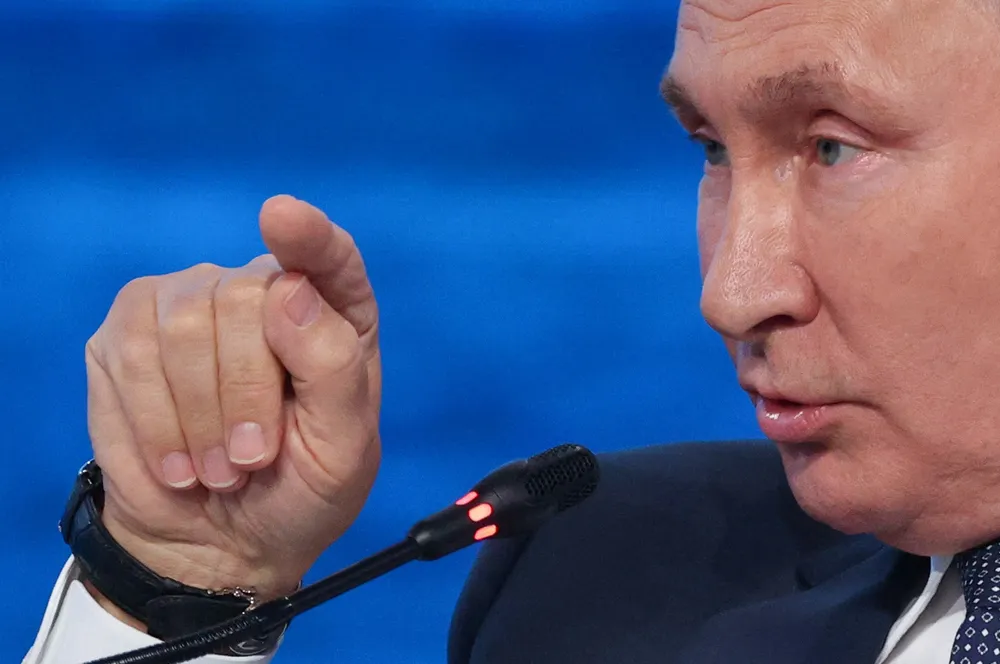China agrees to pay for Russian gas in rubles
Decision is seen in Moscow as a political victory in the country’s growing stand-off with Western nations

Decision is seen in Moscow as a political victory in the country’s growing stand-off with Western nations
